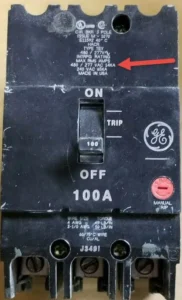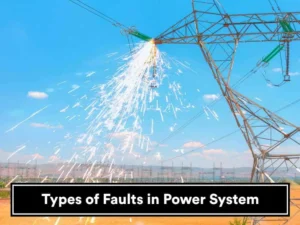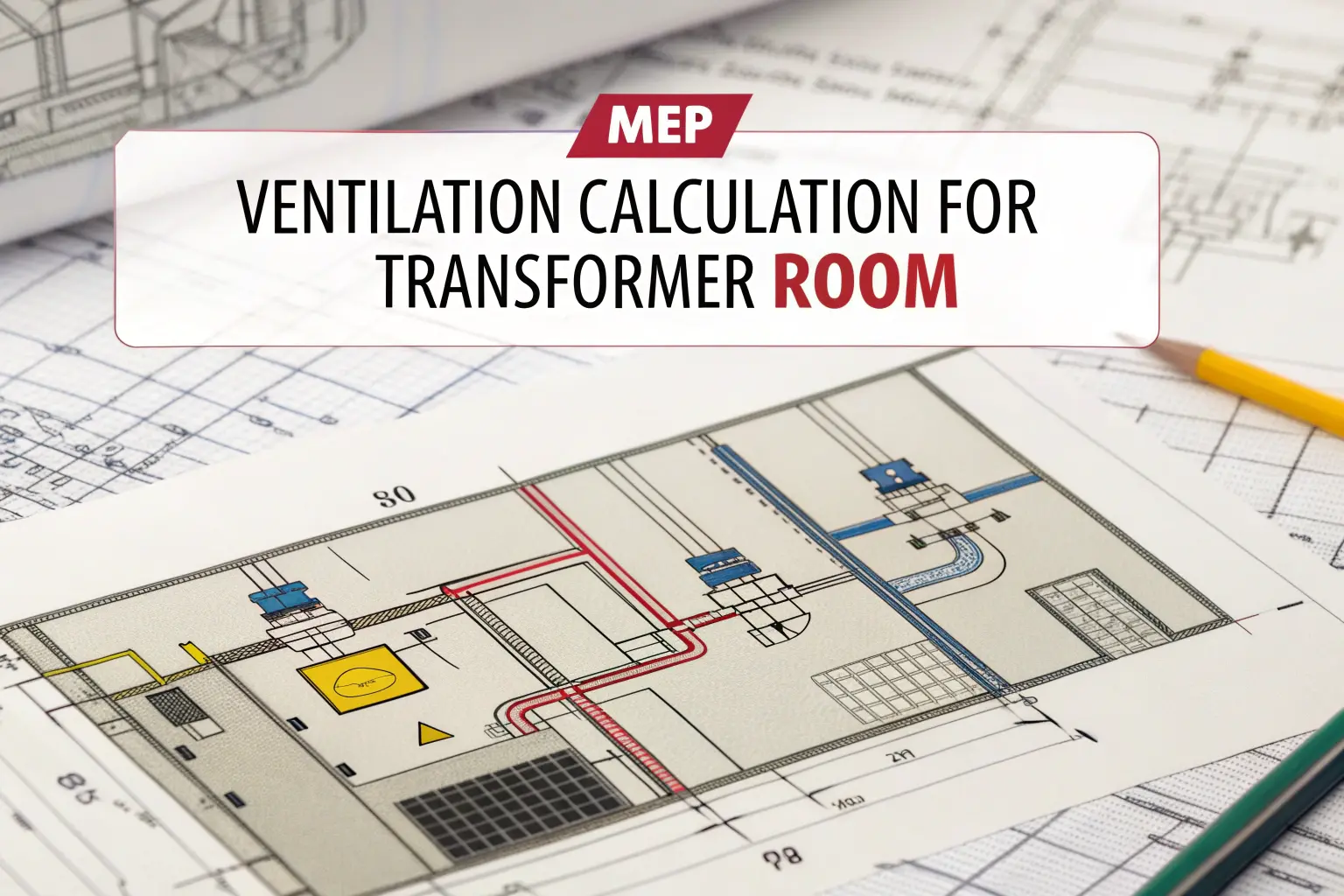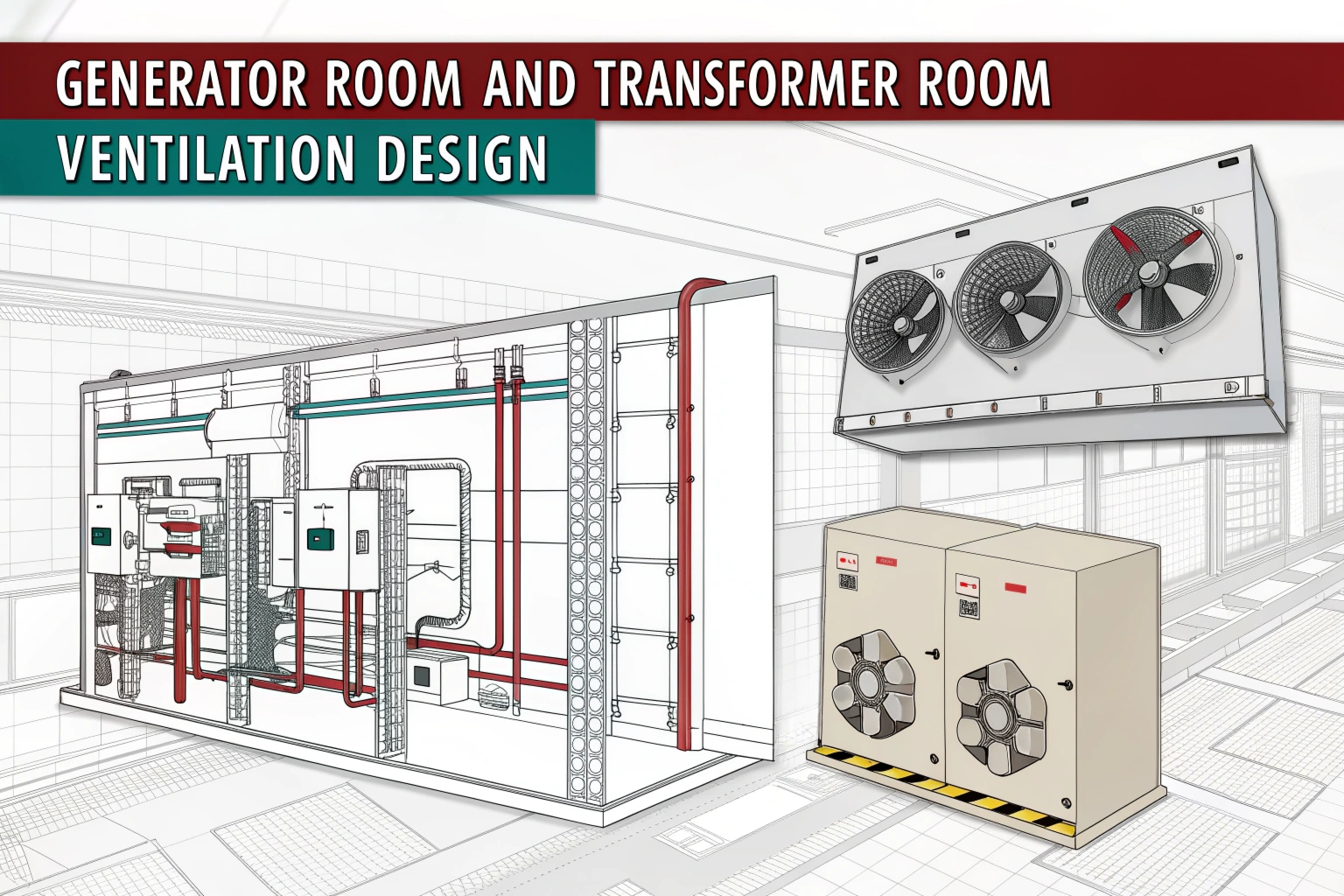Introduction: What is Available Fault Current?
Any electrical system requires safety to be its primary concern. You need to understand the concept of fault current as an important electrical term. A short circuit or electrical fault produces the highest current level that can be reached within the system. Knowledge of available fault current values allows proper selection of protection elements such as breakers and fuses. An improper handling of high fault currents may result in equipment destruction and possibly cause fires that lead to injuries.

Why Available Fault Current Matters
No system can function properly without knowledge of its fault current because this information ensures both system safety and operation. The rating of protection devices needs to match the actual fault current or risk failure during emergencies. Dangerous explosions and damaged wiring, as well as unplanned shutdowns, can occur because of inadequate understanding of fault current. Electrical designers utilize this value for creating new electrical panels as well as improving existing ones. System components remain safe when handling the highest possible current flowing during an abnormal condition.

How Available Fault Current is Calculated
Several elements determine the fault current, including power supply capacity as well as conductor dimensions and transformer type in the system. Standard calculations identify source fault capacity and determine distance from the source as well as conductors’ impedance values. Special tools alongside software applications enable professional electricians to calculate this value exactly. The fault current varies since electrical system modifications or expansions result in its change.
Where You Can Find Available Fault Current Ratings
Modern electrical breaker panels provide information about the maximum available current that can flow through them. The available current can be located in system drawings and single-line diagrams and through talking with certified electricians. A standard requirement exists to display this information in the vicinity of service entrances and breaker panels. Knowing the fault current value enables technicians to protect themselves safely while deciding which electrical components to modify.

Safety Standards and Codes Involved
The fault current requires calculation followed by proper labeling as per multiple electrical codes and standards. The National Electrical Code (NEC) in the United States provides explicit guidelines about this matter. The established rules function to shield properties along with safeguarding human beings. Failing to meet the required standards with your system will potentially result in legal consequences and related penalties. The process of checking fault current is mandatory according to regional electrical regulations present across various jurisdictions.
Tips to Manage and Reduce Fault Current
Further types of equipment require additional protection due to excessive fault currents in their operating systems. Engineers control excessive fault currents through current-limiting devices and by using transformers of smaller ratings or by installing resistors. The implementation of these actions decreases the potential for harm while enhancing system dependability to a greater degree.

Conclusion: Stay Safe by Understanding Available Fault Current
In every electrical system, the fault current stands as a fundamental, vital value. Safety, together with design and code compliance, directly depends on this parameter. Identifying this numerical value enables you to select appropriate protective measures that prevent expensive errors. Any individual participating in electrical work, including engineers, students, and technicians, must determine fault current before starting their operations.
FAQs:
- What is the current available fault in simple terms?
A short circuit or system fault enables the maximum electrical current that such situations will permit. - Why is fault current important?
Protection devices are selected properly to stop system failures and hazards through the assistance of it. - How do I calculate fault current?
Technical factors of transformer size, along with distance and impedance measurement, determine the conductivity of electricity. Electricians depend on software tools for generating precise outcomes in their work. - Can available fault current change over time?
Yes. A modification in electric system design during an upgrade process or expansion requires mapping modifications. - Where is the fault current usually labeled?
The warning label typically exists on main panels plus service entrances together with electrical drawings.
Expand your knowledge today! Read our next blog post here!













